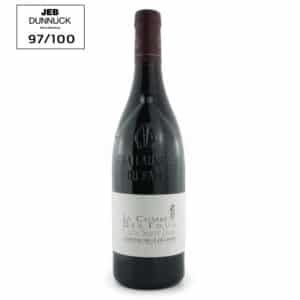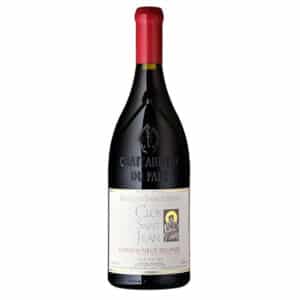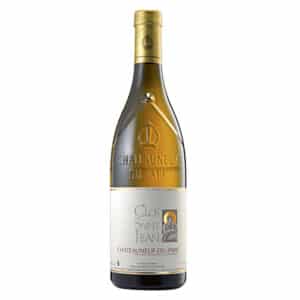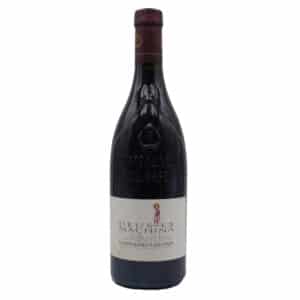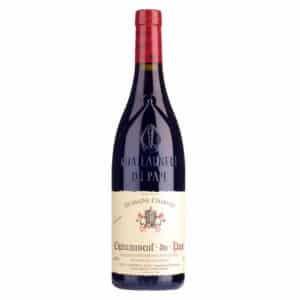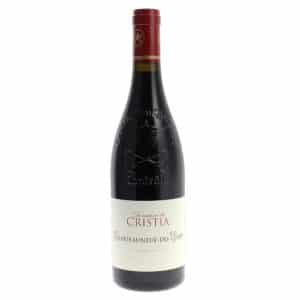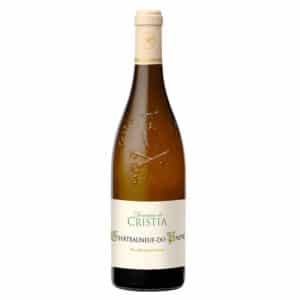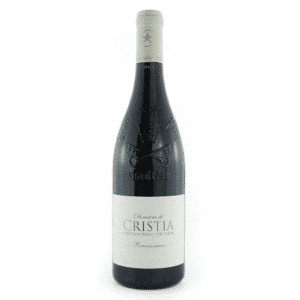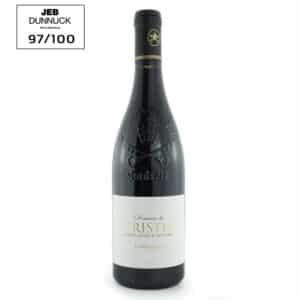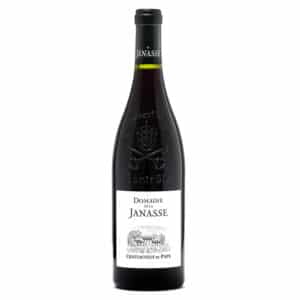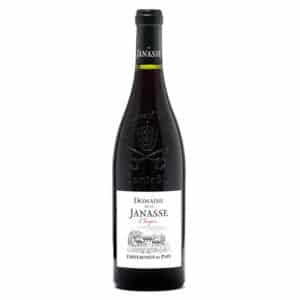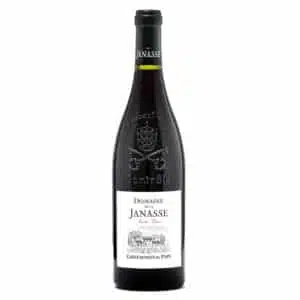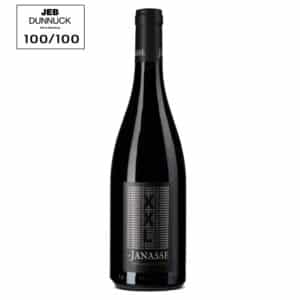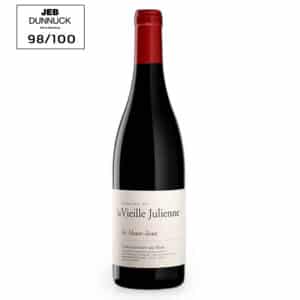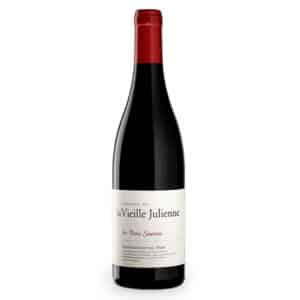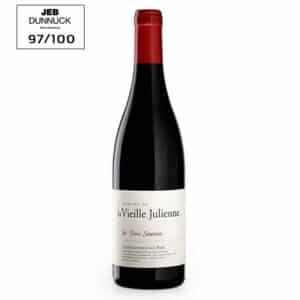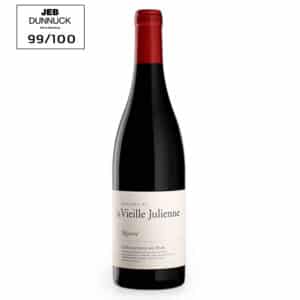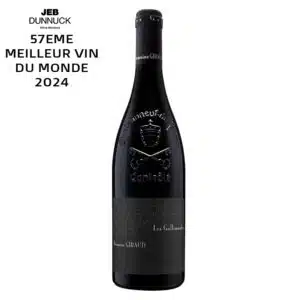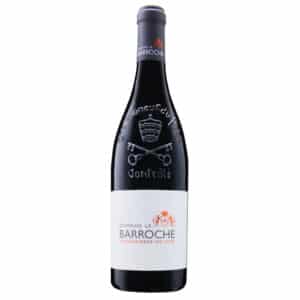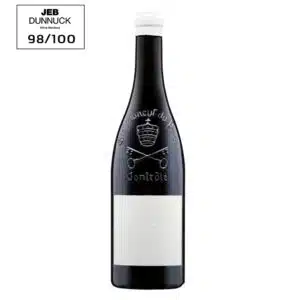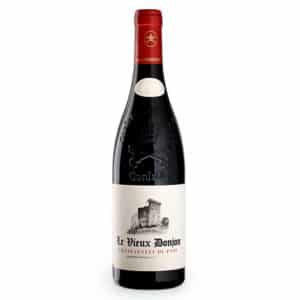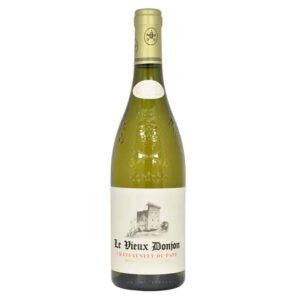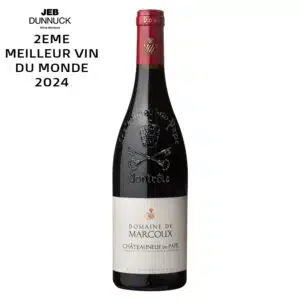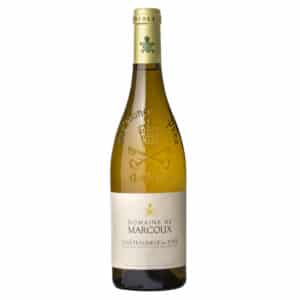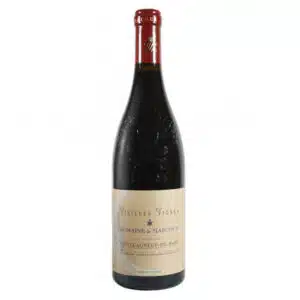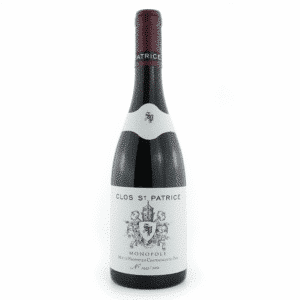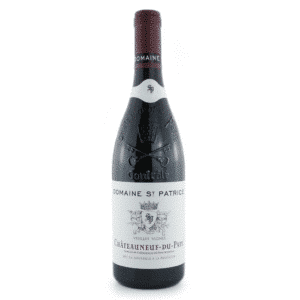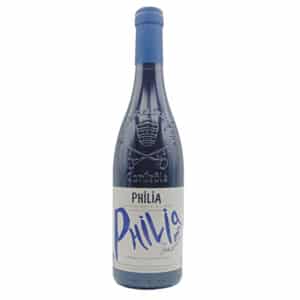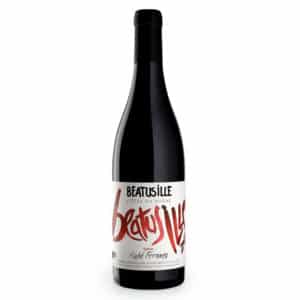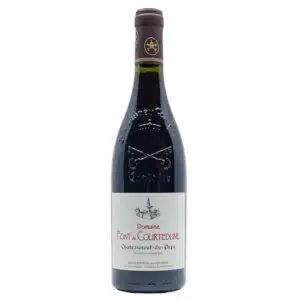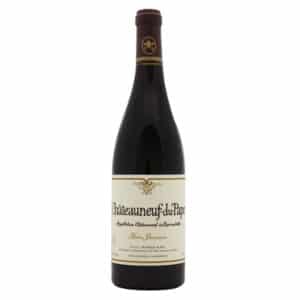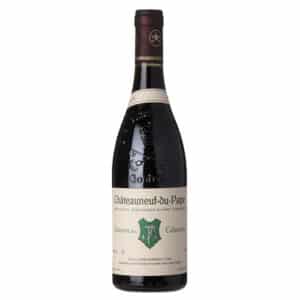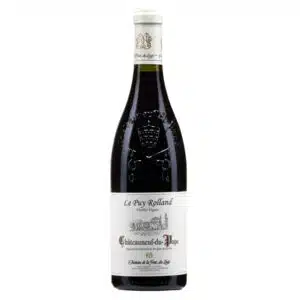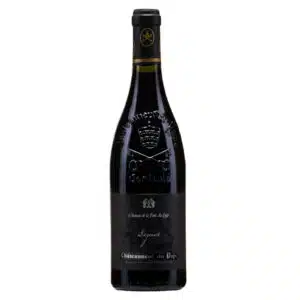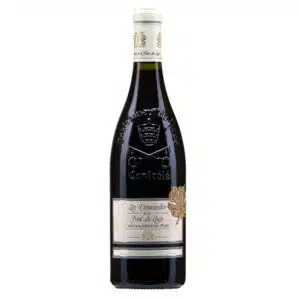Châteauneuf-du-Pape, a wine steeped in history
The roots of the Châteauneuf-du-Pape vineyard run deep, long before the village became the wine symbol we know today. Vine cultivation in the area dates back to Antiquity, but it is over the centuries that this terroir has evolved, shaped by human effort and the course of history. Through the ages, winemakers have refined their expertise, adapted grape varieties, and enhanced the character of their wines. Today, the name Châteauneuf-du-Pape is inseparable from the Rhône heritage and French cultural legacy.
Châteauneuf-du-Pape, Wine of the Pope
When the popes settled in Avignon in the 14th century, they quickly recognized the quality of the wines produced in Châteauneuf. Pope John XXII, a great wine enthusiast, encouraged new plantings and helped structure the vineyard. Under his influence, the wines gained a new status: that of “Wine of the Pope.” This papal recognition became a powerful driver for the spread of these wines throughout Europe, and their reputation grew beyond borders. The fortress built atop the village still stands as a witness to this formative era.
Châteauneuf-du-Pape, the First Appellation d’Origine Contrôlée in France
In the 20th century, faced with the threat of counterfeiting and the need to preserve quality, the winemakers of Châteauneuf-du-Pape took the initiative to establish a strict legal framework. Led by Baron Le Roy, they set precise rules regarding grape varieties, cultivation, and winemaking. This pioneering approach led to the official recognition of Châteauneuf-du-Pape as France’s first wine AOC in 1936. Since then, the appellation has continued to inspire other wine regions.
The Embossed Bottle, an Iconic Vessel of the Appellation
In 1937, the producers adopted a unique bottle: the embossed flask. This specific bottle, adorned with a papal tiara and the keys of Saint Peter, became the emblem of the appellation. Beyond its aesthetic appeal, it guarantees the origin and quality of the wine it contains. A symbol of pride for the winemakers, it also allows enthusiasts to immediately recognize an authentic Châteauneuf-du-Pape on the shelves.
An Exceptional Terroir in the Rhône Valley Wine Region
The Châteauneuf-du-Pape vineyard flourishes on diverse, sun-drenched soils. The famous rounded pebbles, emblematic of the terroir, play a key role: they release heat back to the vines at night, promoting even ripening. This mineral-rich soil, combined with parcels of sand, clay, and sandstone, forms a unique mosaic. Each estate benefits from its own distinct expression of the terroir, giving rise to wines with strong, individual character.
A Sun-Drenched Vineyard Swept by the Mistral
The Mediterranean climate of Châteauneuf-du-Pape is exceptionally generous. With over 2,800 hours of sunshine per year and the regular presence of the Mistral wind, the vineyard enjoys ideal weather conditions. This strong wind keeps the vines healthy, prevents disease, and supports sustainable viticulture with minimal treatments. The abundant sunlight, combined with cool nights, preserves the balance between phenolic ripeness and acidity—an essential element in crafting great wines.
What type of wine is Châteauneuf-du-Pape?
Châteauneuf-du-Pape is renowned for its red wines—powerful, generous, and rich in aromatic complexity. But one must not overlook its rare white wines, which shine with freshness, finesse, and impressive aging potential. Each cuvée reveals the winemaker’s skill and the richness of the terroir: gastronomic wines that stand out for their balance and intensity.
What are the 13 grape varieties of Châteauneuf-du-Pape?
The appellation allows for an impressive array of grape varieties: thirteen main ones, in multiple color variants. Grenache, Syrah, Mourvèdre, Cinsault, Clairette, Roussanne, Bourboulenc, Counoise, Picpoul, Picardan, Muscardin, Vaccarèse, and Terret Noir—all contribute to subtle blends. Grenache Noir remains the king of the grapes, bringing generosity, fruitiness, and warmth. This ampelographic richness is what gives Châteauneuf-du-Pape wines their unique character.
What are the best vintages for the Châteauneuf-du-Pape AOC?
Certain vintages stand out for their exceptional quality. 1998, 2005, 2010, 2016, 2019, and 2020 are among the most sought-after years, praised for their balance and aging potential. These wines, whether still youthful or already mature, offer rich and elegant profiles. Thanks to the winemakers’ expertise and an outstanding terroir, each Châteauneuf-du-Pape vintage tells a unique story.
What is the price of a Châteauneuf-du-Pape?
Prices vary depending on the estate, vintage, and rarity of the cuvée. It is possible to find excellent Châteauneuf-du-Pape starting around €20, but the most prestigious cuvées can reach significantly higher prices. This pricing reflects the quality of the terroir, the low yields required by the appellation, and the fact that all harvesting is done by hand. Each bottle embodies the meticulous work of the winemakers.
Tasting Châteauneuf-du-Pape Wines
Tasting a Châteauneuf-du-Pape is a moment of intense pleasure. In its youth, the wine expresses generous fruit. With age, it gains complexity, revealing notes of underbrush, leather, and sweet spices. The whites offer a floral and fruity bouquet, which over time evolves into honeyed and mineral nuances. Whether red or white, each wine deserves to be savored with care.
When should you drink a Châteauneuf-du-Pape?
The reds can be enjoyed after 3 or 4 years of cellaring, but the greatest cuvées can flourish for 15 to 20 years or more. The whites, more approachable in their youth, are best appreciated within 2 to 5 years, though some cuvées offer delightful surprises over time. Patience is often rewarded.
What is the ideal serving temperature for a Châteauneuf-du-Pape?
A young red is best served around 15°C, while a more mature wine fully reveals itself between 16°C and 18°C. For whites, 11°C–12°C suits recent vintages, and 13°C–14°C for more evolved wines. The right temperature brings out the wine’s complexity and finesse.
What dishes pair well with a Châteauneuf-du-Pape?
These are gastronomic wines. The reds pair beautifully with roasted lamb, game, duck with figs, or truffle-based dishes. The whites complement creamy poultry, fine fish, scallops, or aged cheeses. Châteauneuf-du-Pape elevates the finest dining experiences

